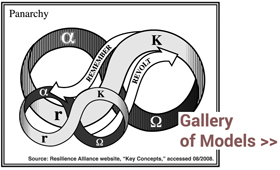With the release of the International Social Science Council (ISSC) “World Social Science Report 2013,” I’ve been looking back at the 2012 ISSC report, “Transformative Cornerstones of Social Science Research for Global Environmental Change” (pdf).
The report aims to set out “a charter for the social sciences, a common understanding of what it is that the social sciences can and must do to take the lead in developing a new integrated, transformative science of global change.”
Most thought-provoking are the report’s “illustrative questions,” a few of which I’ve selected here:
- How do we account for and track the influence on global change processes of dominant neoliberal thinking and the marketization of all social life?
- What role do social and cultural identities play in peoples’ ability to cope with and recover from the impacts of global change?
- What are the consequences of global change for the basic social fabric of life: for institutions such as the family, welfare systems, legal rules, rights and duties, or private-public interactions?
- What does change mean to different people and different groups?
- What would realistic, feasible constructions of alternative social systems and lifestyles look like; what new leitmotifs would we need to guide change towards such systems?
- What sets of values, beliefs, assumptions, interests, worldviews, hopes, needs and desires underlie different responses to global change and drive different visions of the kind of societies we should be striving to build?
- How can we best bring a normative agenda – one that foregrounds obligations, duties and responsibilities to the poor, to the vulnerable and to future generations – into the legitimate space of scientific expertise, policy and practice?
- Is the global scale of governance still relevant when it comes to forward looking action on climate change? What would constitute real, authentic, meaningful participation by multiple actors and how can we ensure it?
- Do we need radically new political regimes and forms of democracy and, if so, of what kind and are they feasible?

